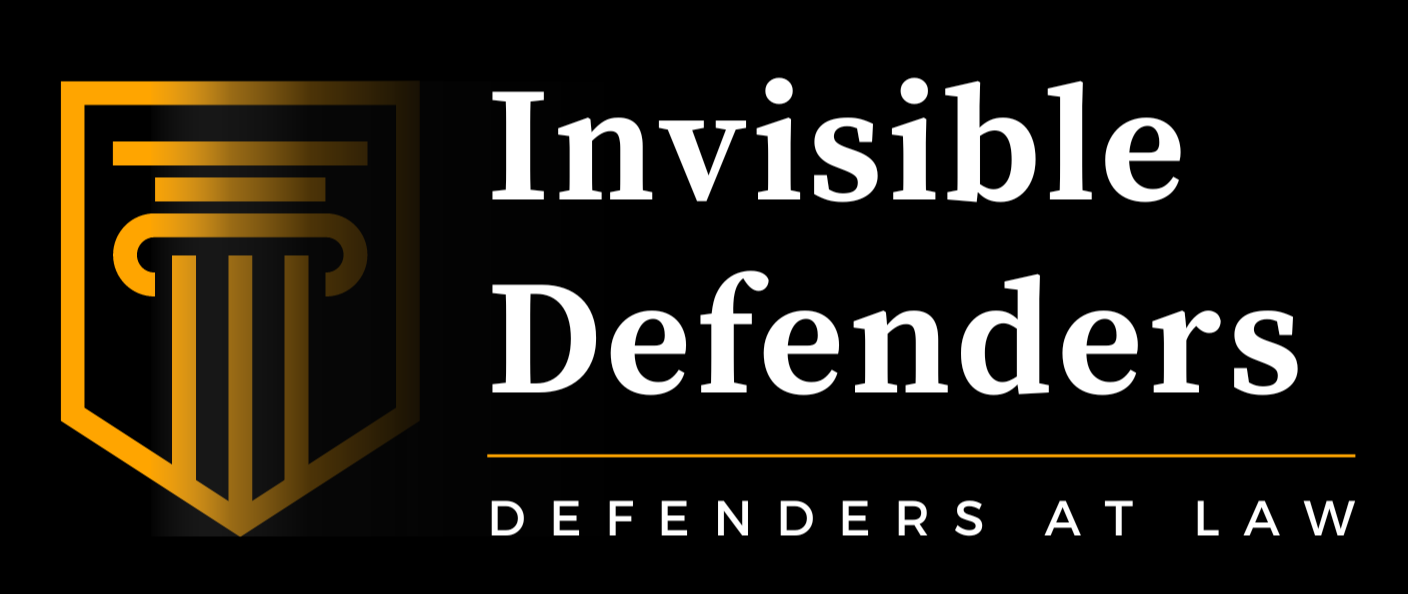
Stories about people who have been wrongfully convicted of a crime have motivated many people, including myself, to become better writers. Better writers have better legal arguments and knowing how to craft a better legal argument can make an enormous difference in the outcome of a case.
For some, arguing a case in court can mean losing hundreds or thousands of dollars in a legal dispute. Of course, everyone knows that expert witnesses can help win cases, but there have been other cases lost by lack of evidence. So, how can you make sure you get the facts you need for your case, so you can win? The following are the tips for better legal arguments.
Plan your submissions to be read in 15 minutes
For better legal arguments, it is crucial to get the judge and jury to approve your arguments and planning your arguments to be read in 15 minutes is one of the tips for better legal arguments. You may already know that you need to win your case, but you need to win the hearts and minds of the judge and jury, too, and you also need to persuade them that your arguments are worth their time to listen to.
The first 100 words in a written argument will make or break your case.
The presentation of an argument influences how it is evaluated. Thus, one’s first 100 words can make or break the case. This means your tone, use of words, and organization have a profound impact. Not only are your opening 100 words important for writing an insightful, engaging, and effective argument, but arguments with only 100 words or less are harder to evaluate. Primarily, you must convince the reader that your case is worth investigating, and each subsequent sentence has to build upon that thought.
Guard the court with milestones
The facts are the facts of the case, the law is the law that applies, and the judgment is the judgment that can be reached based on those facts and the law. The “milestone” rule is a way to explore these three parts of an argument and think about what each contributes to the argument as a whole.
Exploit the FILACR formula
The FILACL formula is a tip for achieving better legal arguments. This formula is developed by Professors William Henderson and Gerard N. Magliocca, focusing on the three key areas: The Argument, the Legal Rule, and the Analysis. The argument refers to the content of your legal argument. The Legal Rule refers to which legal rule supports your legal argument. The Analysis refers to the reasoning that supports your legal argument.
F stands for facts; I stand for issues, L for law, A for application, C for conclusion, and R for relief.
From the word FILACR, F stands for facts; I stand for issues, L for law, A for application, C conclusion, and R for relief. Facts are evidence that stands for something in a court of law. Issues are time-limited issues that stand for something in a court of law. Law is an instrument that promotes ends of justice in society. Application means enforcing the law. The conclusion is the logical conclusion from facts and issues. Relief is the relief granted by a court where law and facts are applied.
When arguing with another individual, it can be easy to feel stressed or worried over what the other person might be thinking. It can be difficult to acknowledge that they are simply reacting to what you say or do and that proving your point or showing your true motive may not matter in the end. However, although this might hurt, it can be concluded that arguing to prove that you are right is futile, but it is good to be aware of the tips for better legal arguments.
